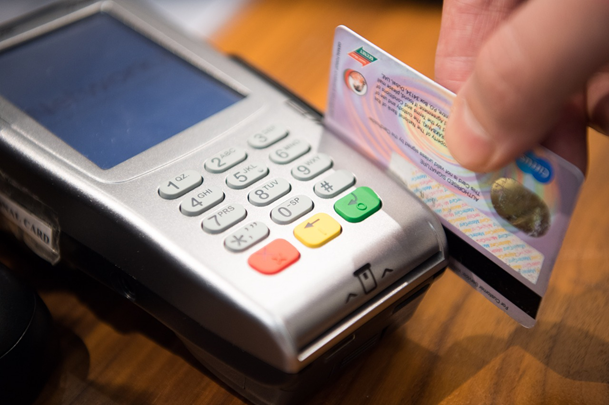These days, all entrepreneurs running a business typically know that it’s important to offer a variety of payment terms to customers. In particular, consumers expect to be able to pay using their credit cards at the checkout, whether in person or done virtually, online.
While offering this option helps businesses to convert more leads and increase sales, it can also unfortunately also sometimes lead to unwelcome extra expenses which can eat into the bottom line. This is due to chargebacks that come through on some payment transactions.
As fraudulent payments become a bigger issue than ever, it’s vital for entrepreneurs and managers to know what the chargeback issue is and how to best avoid it. Read on for the lowdown you need to understand today.
So, What Exactly Are Chargebacks, and Why Don’t You Want Them?
A chargeback is what happens when a financial institution debits a merchant’s bank account by the amount of a transaction that has been previously credited. This occurs when a customer lodges a dispute with their bank about a transaction charged to their card. The financial institution then charges the total transaction amount back to the merchant.
Chargebacks are a pain for businesses because they cost time, energy and money. If you get a notice from a card issuer that a chargeback will occur, you need to provide them with information about the transaction and try to prove it was legitimate. This can waste a whole lot of time and energy.
Plus, of course, most of the time the banks won’t accept the evidence you provide and charge back the funds to your bank account anyhow. This can get very costly, particularly if you’ve already posted out the goods or provided services as you’re then out-of-pocket for them.
If you receive a number of chargebacks at one time, you can also suddenly have your cashflow affected significantly. Banks and other card issuers rarely give much notice before they withdraw funds back out of your account. Plus, sometimes you may also be charged a penalty chargeback fee by the financial institution, which adds even more costs to the mix.
What Causes Chargebacks
There are many reasons why you could end up with chargebacks. When it comes to card issuers, there are actually more than 100 different reason codes employed across the various networks. Chargebacks are categorized according to the evidence given by customers after they lodge a dispute; whichever category seems to be the best fit is then used.
Most chargebacks fall into a small number of categories. One of the most common is when consumers don’t recognize the name of the store that pops up on their credit card statement or when they don’t recall having made the purchase. They may be confused by the brand name listed, if that name is different to the name of the store they shopped with (e.g. a company name versus a trading name).
Another common problem is when a person authorizes a friend or family member to use their card, but that person doesn’t tell them what they’ve bought and from where. In this case, the cardholder may think an incorrect or fraudulent charge has been placed on their account when really it was a misunderstanding. Other regular issues include where people don’t receive the items they ordered, aren’t happy with what they’ve received or objected to shipping costs, added service fees, the final price charged or automated billing cycles.
Of course, real fraud is a big problem too and increasingly common. Many people end up with their credit card or information stolen, and hackers and other thieves using the card without their knowledge. Unfortunately, in this case, merchants may do everything correctly but still end up having to deal with chargebacks.
Steps to Help You Steer Clear of Chargebacks
To help protect your business from chargebacks, provide plenty of information, photos/videos and measurements about products online, so customers are clear on what they order. Make all costs clear up front, before they finalize orders, and track shipments and ask for a signature on delivery, so you have a way of proving you sent them. In addition, try to have the name that shows up on customer credit card statements as the same one as your store name, so people recognize it.
To steer clear of fraudulent payments, choose a credit card processing firm that takes numerous security measures to decline or at least red flag potentially dangerous transactions. For example, providers may not accept orders from countries known as hot-spots for credit card fraud, and they may alert you to the fact that a number of declined transactions have come up for the same order (which indicates someone trying a bunch of stolen cards to see which one hasn’t been canceled yet).
Companies should also have an Address Verification System in place. This checks people are inputting legitimate billing addresses for the card they use.

